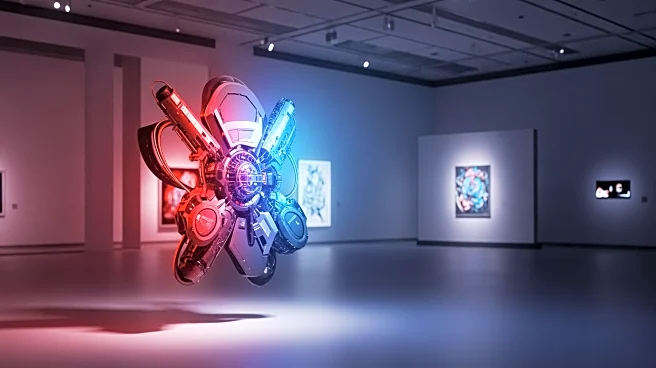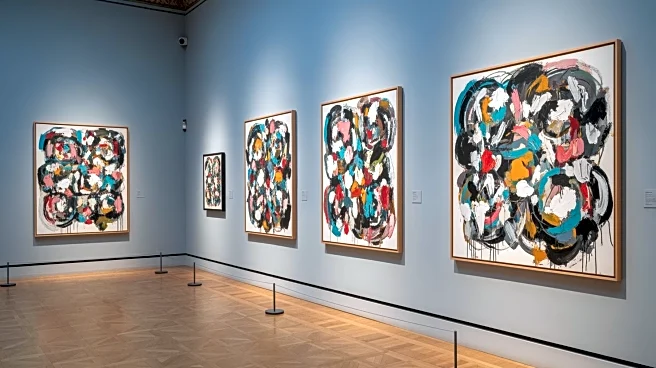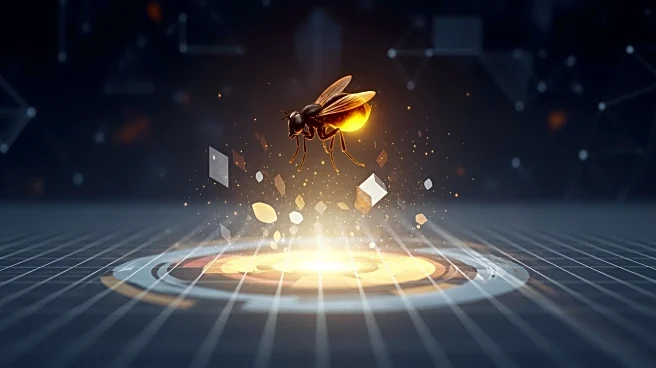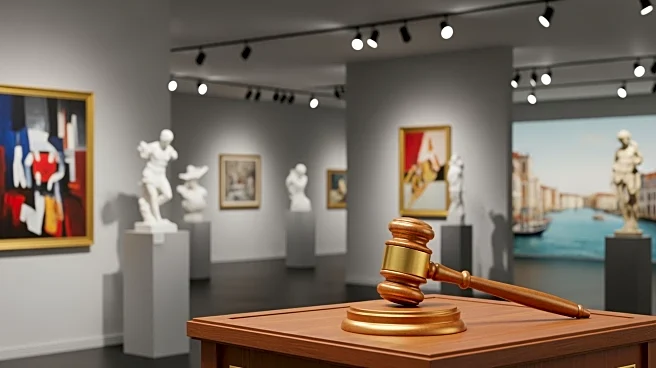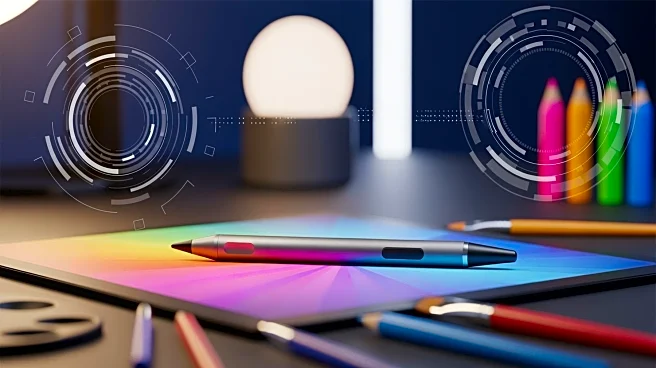What's Happening?
An artist known as Elias Marrow covertly hung an A.I.-generated print inside the National Museum of Wales in Cardiff. The unauthorized work, depicting a schoolboy with an empty plate, remained on view
for hours before staff discovered and removed it. Marrow has a history of staging unsanctioned museum interventions. The framed image, which appeared inside the National Museum of Wales (Amgueddfa Cymru) in Cardiff last week, depicted a young boy in a school uniform, seated and holding a book under his arm and an empty plate on his lap, rendered in the style of a historical oil painting. A piece of paper tacked on the wall next to the print identified it as Empty Plate by the artist Elias Marrow. In keeping with typical museum standards, it then listed the medium and lender: 'Digital print on paper, custom made frame. Limited edition, signed. On loan from the Artist, 2025.' The guerrilla artwork was reportedly on view for several hours in the museum’s contemporary art galleries before it was discovered.
Why It's Important?
The incident highlights ongoing debates about the role of A.I. in art and the boundaries of artistic expression. Marrow's actions challenge traditional notions of art curation and museum authority, raising questions about the legitimacy and recognition of A.I.-generated art. This event underscores the tension between established art institutions and emerging digital art forms, potentially influencing future policies on art exhibitions and the acceptance of non-traditional artworks. It also reflects broader societal discussions on the integration of technology in creative fields and the evolving definition of art.
What's Next?
The museum's response to the incident may prompt discussions on security measures and the criteria for art display. As A.I.-generated art continues to gain popularity, museums might need to reconsider their policies regarding digital artworks and unauthorized installations. Artists like Marrow may continue to push boundaries, leading to potential collaborations or conflicts with art institutions. The event could inspire other artists to explore unconventional methods of showcasing their work, further blurring the lines between traditional and digital art.
Beyond the Headlines
Marrow's intervention raises ethical questions about the ownership and authorship of art created by artificial intelligence. It challenges the perception of art as a static entity, suggesting that art can be dynamic and interactive. The incident may influence cultural attitudes towards A.I. and its role in creative processes, encouraging a reevaluation of what constitutes originality and creativity in the digital age.
